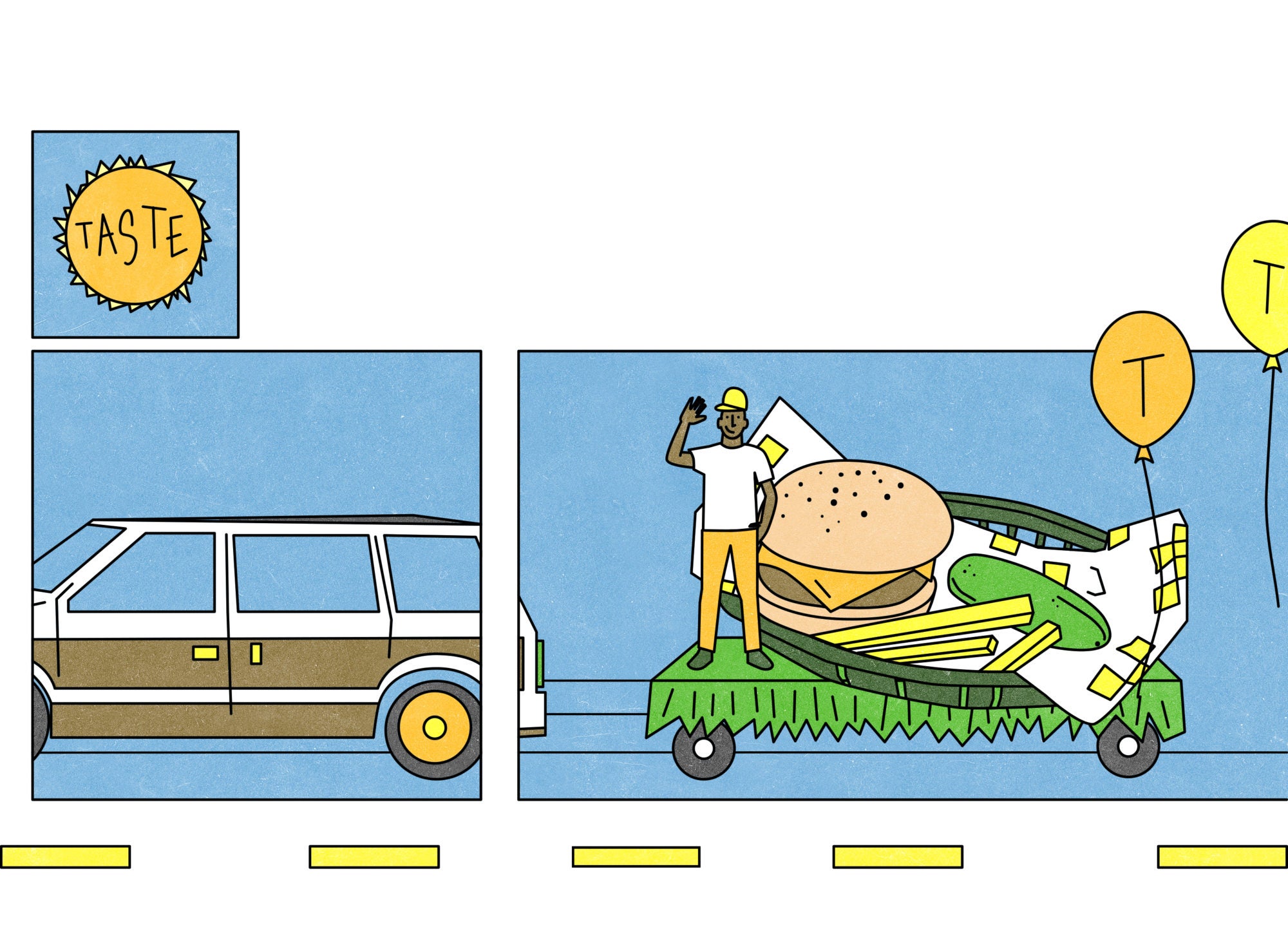
Before it’s time to raise a toast to the year to come, let’s look back 250 years to a time when caviar was less of an indulgence to pull out at champagne-soaked New Year’s parties and more of a salty form of cheap sustenance for laborers. We’ve gathered up some of our weirdest, wildest, most compelling stories about food-related history from the year for a little bit of quiet reflection before the New Year. Have you ever wondered when raspberries turned blue in the American candy-eating imagination? Or who really invented the tuna fish sandwich? Or why there’s so much nostalgia these days for the mayo-coated foods of the Soviet Union?
These are the questions (and the answers) that piqued our curiosity this year and that will give you and your family a lot to talk about this holiday season. When your aunt asks what ever happened to sun-dried tomatoes or your dad starts ranting about all these morally bankrupt kids these days with their avocado toast, you can give these a read and set the record straight. —Anna Hezel, Senior Editor
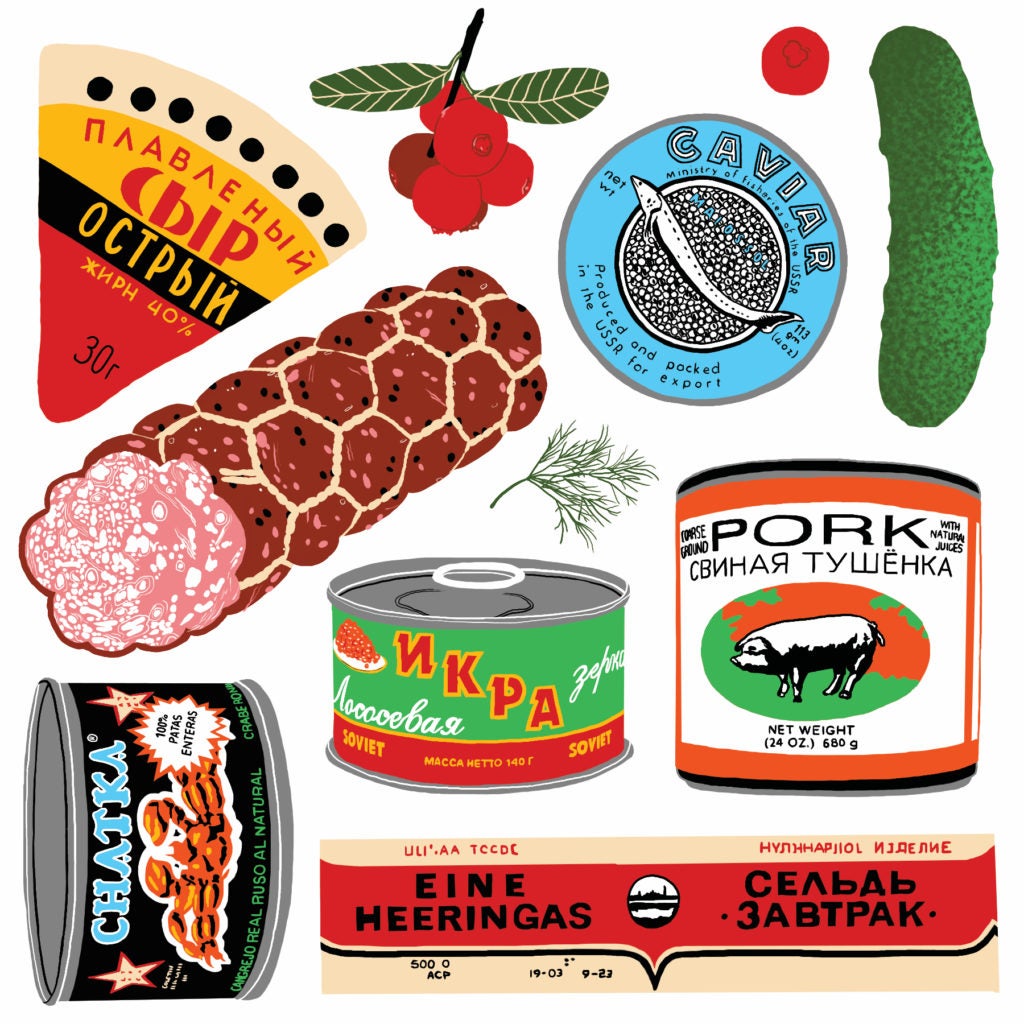
feature
It’s Difficult to Talk About Soviet Food
Long after the Soviet Union collapsed, its cuisine—from the kitchens of Russia, Georgia, Azerbaijan, and beyond—is resurfacing in the United States. Tumultuous history in tow.
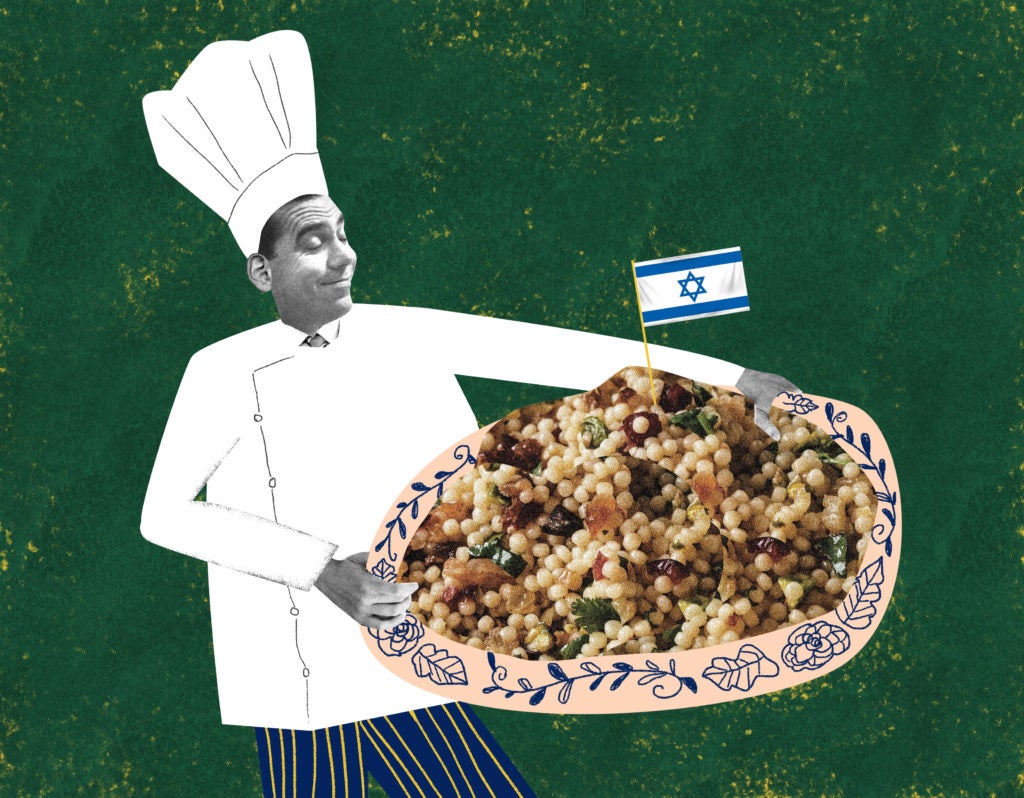
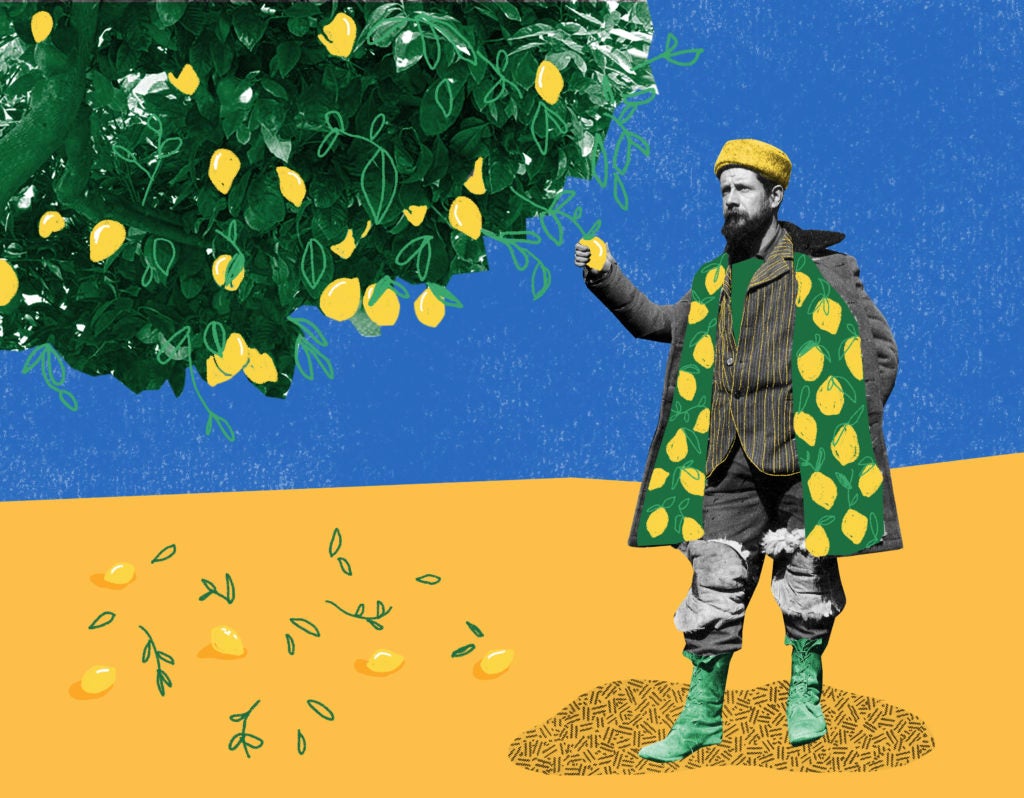
feature
A Man, a Plan, a Lemon, China
Even if you know about his most famous discovery, chances are you don’t know anything about Frank N. Meyer.
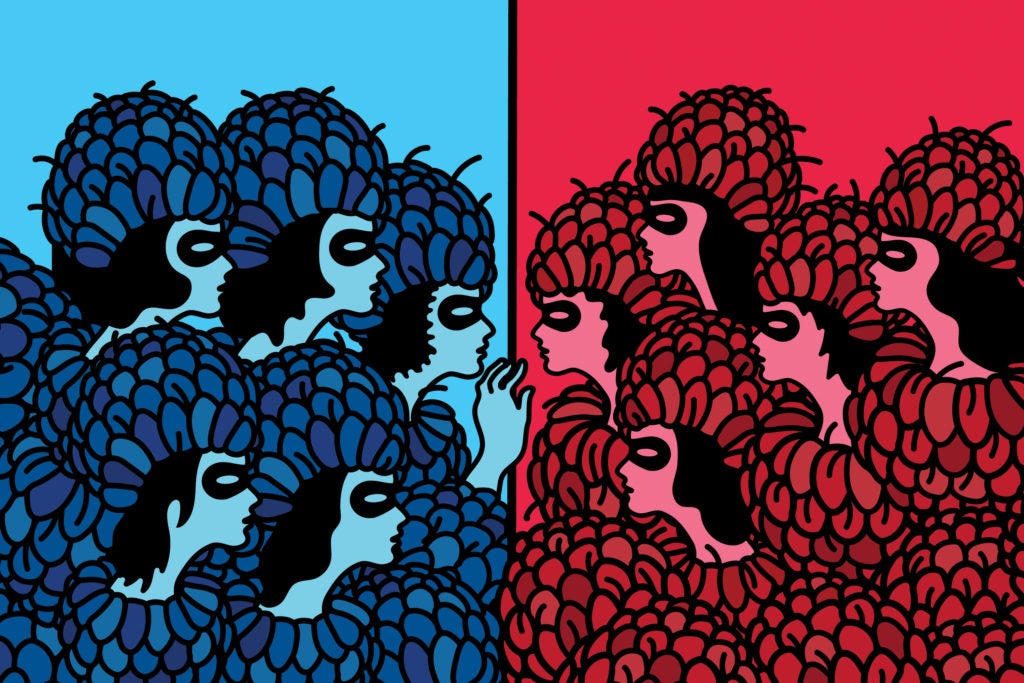
feature
How Raspberries Turned Blue
Blue raspberry is a flavor of sodas, suckers, and gummy candies—but where did it come from, and does it actually taste different from its red counterpart?
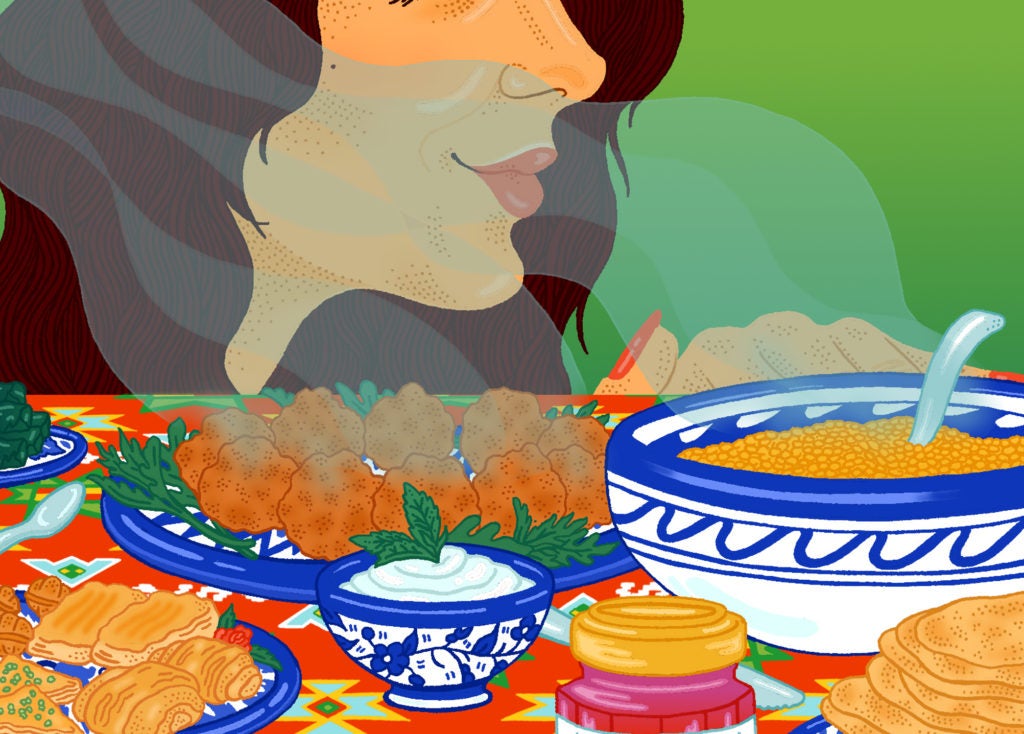
feature
Rewriting the Story of the Starving Armenian
For decades, Americans casually threw around the term “starving Armenian” to refer to anyone who was hungry. But to Armenian-Americans, the phrase is a confusing misnomer for a culture rich with cooking traditions.
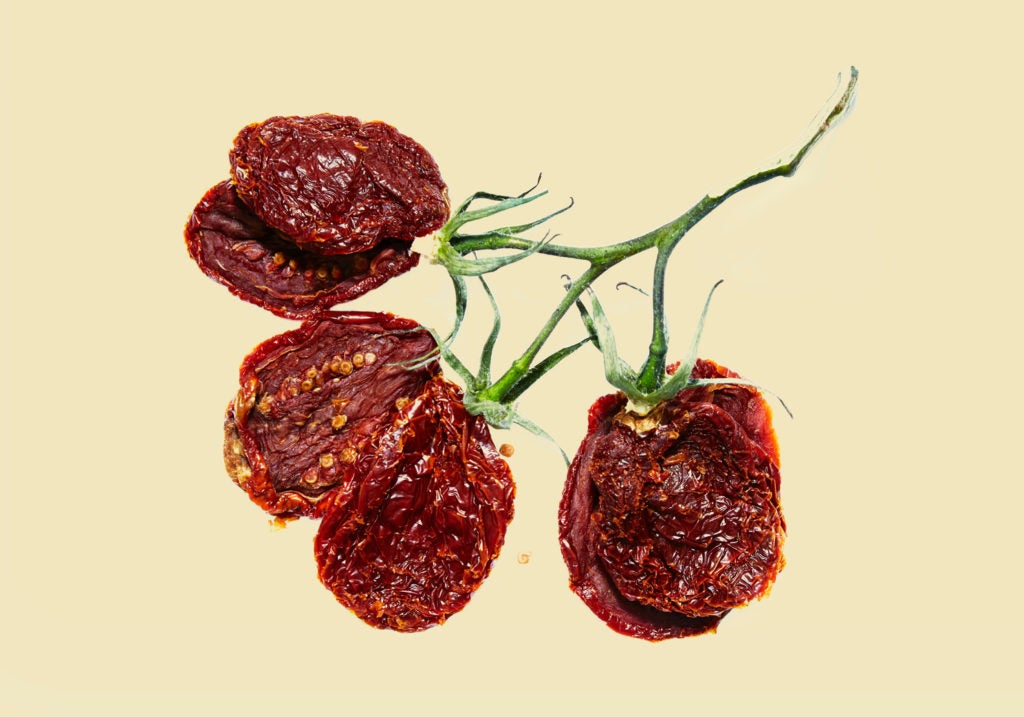
feature
What Ever Happened to Sun-Dried Tomatoes?
To some, they are flavor firecrackers and a beloved relic of the past. To others (cough Ruth Reichl) they are “an example of all the worst qualities of tomatoes.”
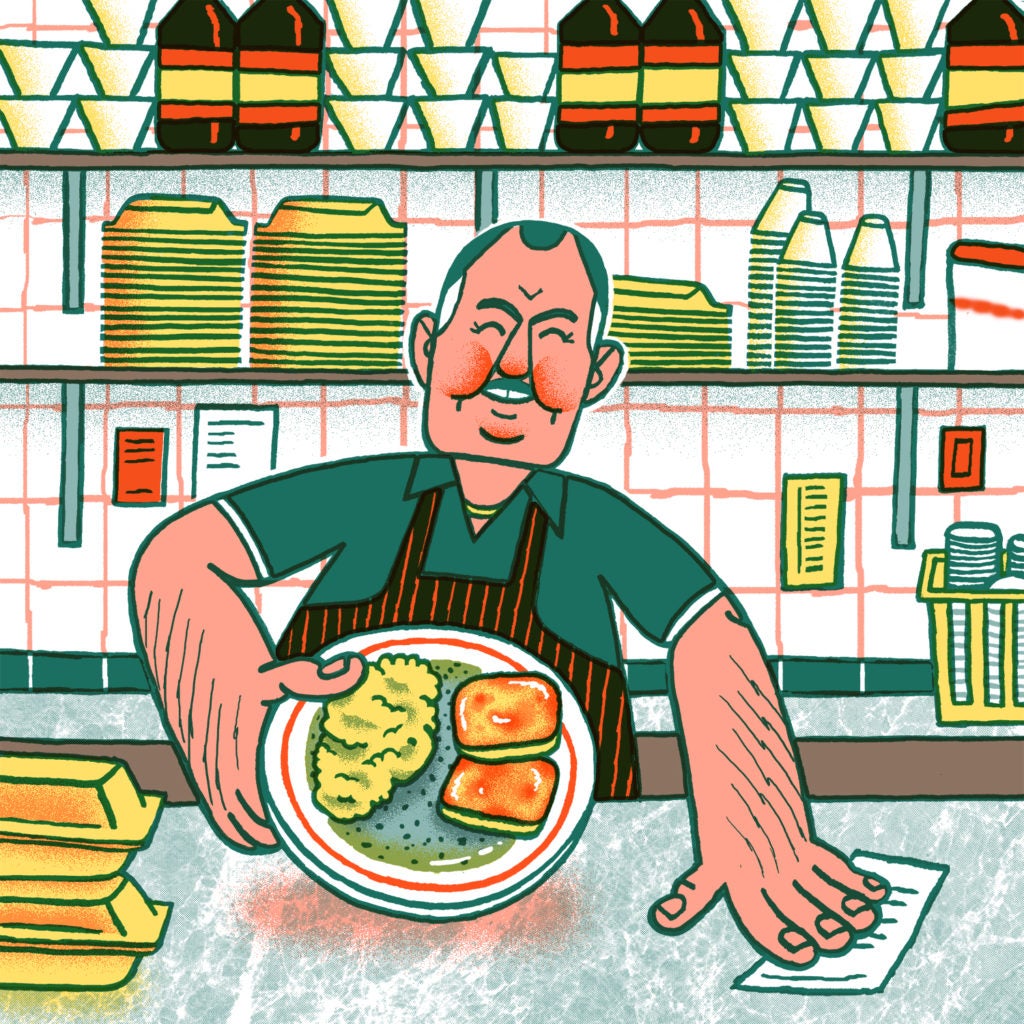
feature
The Life and Slow Death of London’s Pie and Mash Shops
Once a fixture of the East End, surviving shops now serve the people squeezed out to suburban Essex and coastal hinterlands by rising rents.
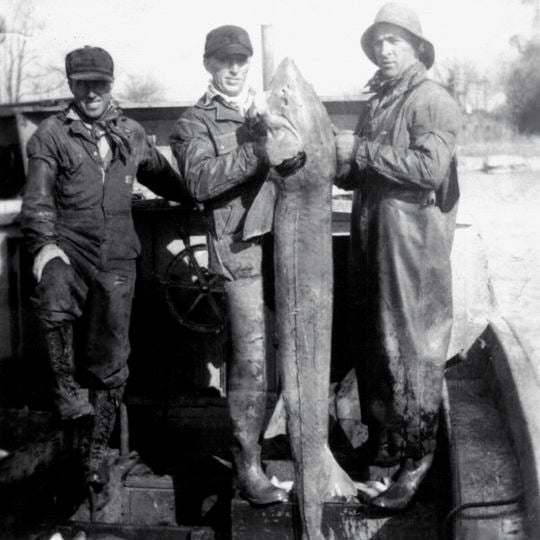
feature
After a Luxurious 250 Years, Caviar Returns to Its Humble Roots
Caviar used to be a sustaining meal eaten by the working class. How did it come to be such a symbol of extravagance?
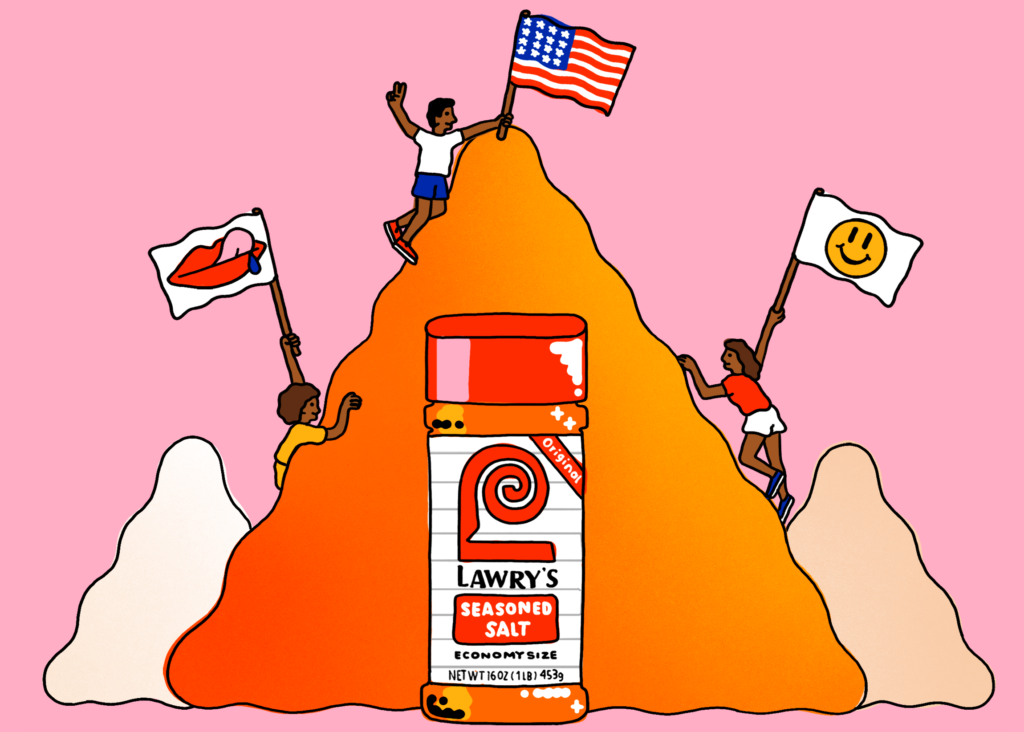
feature
The Seasoning That Inspires Salty Looks and Kanye Hooks
As early as the 1940s, Lawry’s seasoned salt had an important place in the spice racks of black families. But as home cooks become more health conscious and interested in fresh ingredients, are its days numbered?
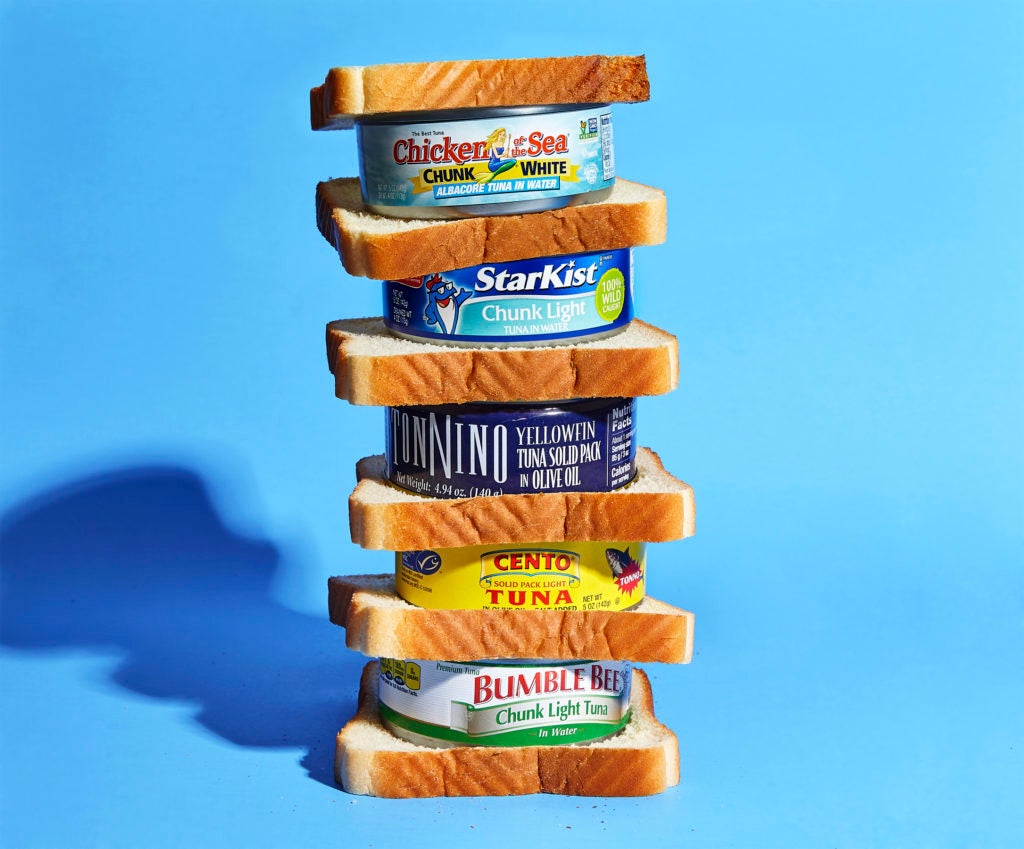
feature
A Second Look at the Tuna Sandwich’s All-American History
How Japanese-Americans helped launch the California tuna-canning industry—and one of America’s most beloved sandwiches.

feature
How Heinz and Coca-Cola Made America More Kosher
Today, more than 800,000 food products are certified kosher by the Orthodox Union. It all started with a chemist, a rabbi, a pickle company, and a brand of soda.
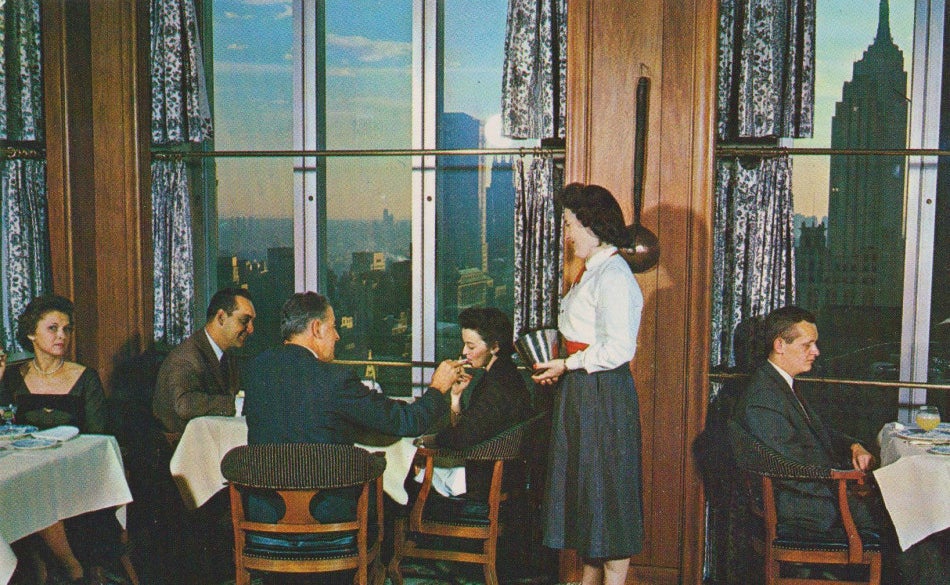
feature
Stouffer's Secret Restaurant Past
Before it became synonymous with Lean Cuisine and French-bread pizza, the frozen-foods monolith was just a little restaurant company that could.
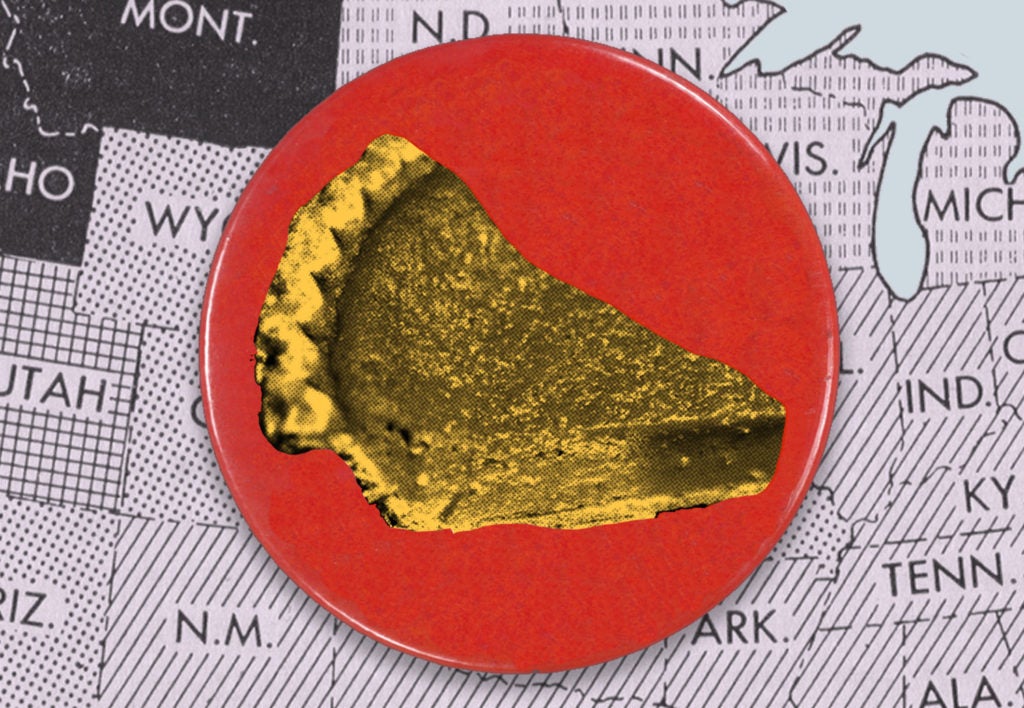
feature
The Radical Pie That Fueled a Nation
The bean pie is sweet, custard-like, and a foundationally humble foodstuff. It’s also a culinary icon of the controversial Nation of Islam and of revolutionary black power.
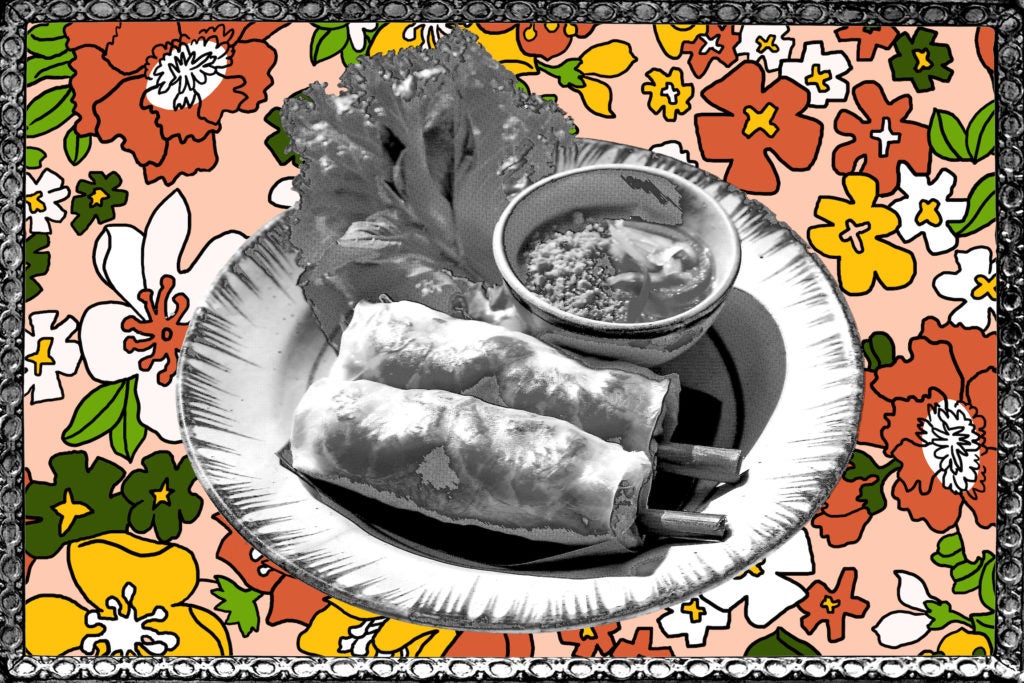
feature
Why Is Vietnamese Food in America Frozen in the 1970s?
Forty years after the Vietnam War, many Vietnamese restaurants in America are still a tribute to a time and a place that no longer exists: 1970s Saigon.
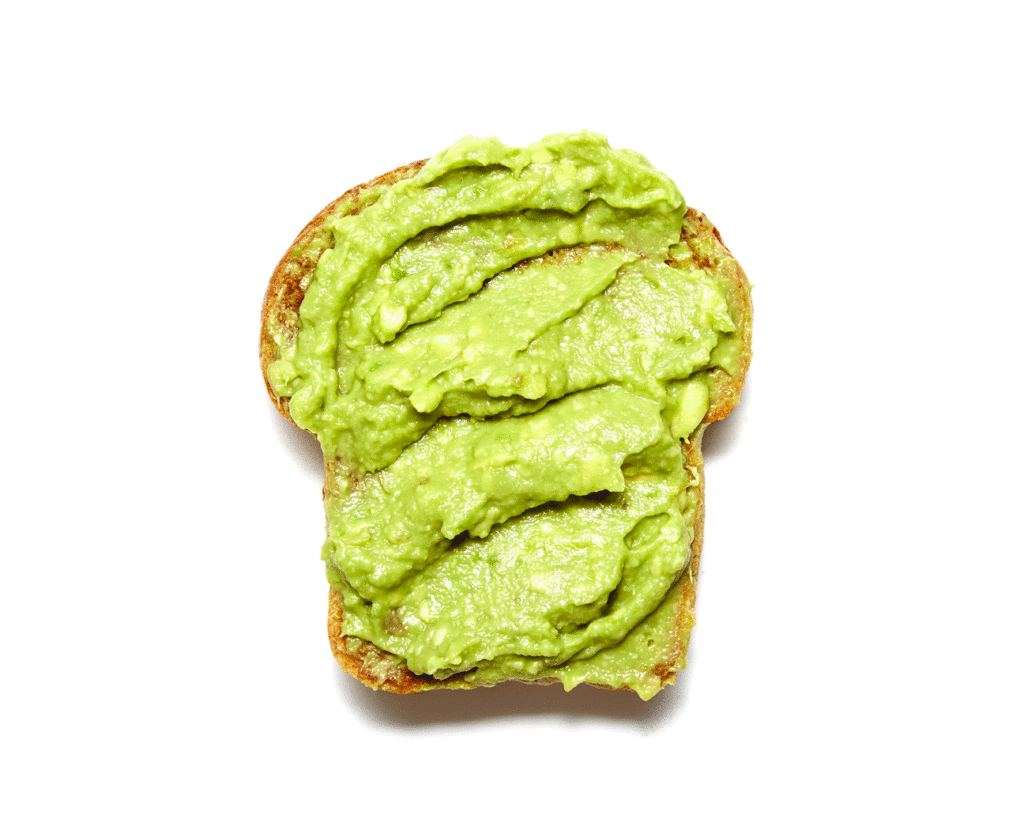
feature
Who Really Invented Avocado Toast?
Australia? Southern California? No, avocado toast is from someplace else. Of course it is.